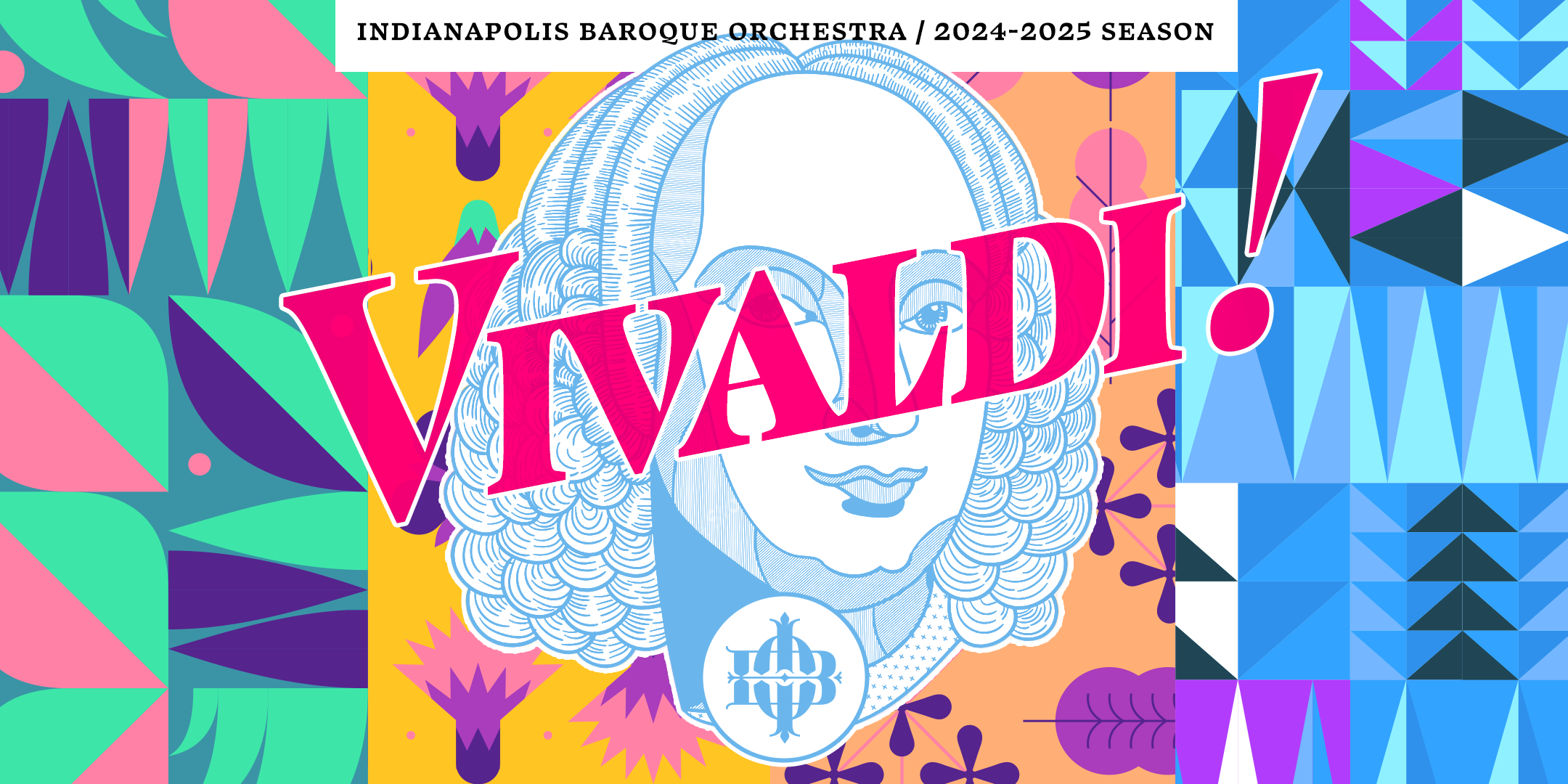Faculty Artist Concert Series: Indianapolis Baroque Orchestra presents Vivaldi!

This event has ended
-
Date
September 22, 2024
-
Time
3:00 pm - 5:00 pm
-
Ruth Lilly Performance Hall
Christel DeHaan Fine Arts Center, University of Indianapolis
This Faculty Artist Concert Series event takes place on a SUNDAY at 3:00, rather than the usual Monday at 7:00.
Free for UIndy community; other patrons may purchase tickets from www.indybaroque.org.
Vivaldi! led by Artistic Director & traverso player Barthold Kuijken
Program:
Concerto in C major RV 114 for Strings and Basso Continuo
Concerto in B-flat major RV 548 for Oboe, Violin, Strings and Basso Continuo
Sinfonia Al Santo Sepolcro in b minor RV 169 for Strings
Concerto in G major RV 545 for Oboe, Bassoon, Strings and Basso Continuo
Concerto op. 10/3 Il Cardellino in D major RV 428 for Flute, Strings and Basso Continuo
Concerto in g minor RV 156 for Strings and Basso Continuo
Concerto La Tempesta di Mare in F major RV 570 for Flute, Oboe, Violin, Bassoon, Strings and Basso Continuo
Of course we all know the prolific Vivaldi as the author of well over 200 violin concertos (among these, the famous Four Seasons). These all too easily divert our attention from other – equally interesting – compositions, such as the concertos for multiple soloists, another specialty of his. Here he often calls for wind instrument soloists: recorder, flute, oboe, or bassoon. We could suppose that these pieces were performed under his direction by the girls of the Ospedale della Pietà. We know that these orphan girls excelled in all kinds of instruments and singing, and their concerts were a not-to-be-missed event in Venetian music life. The Tempesta di Mare and the famous flute concerto Il Gardellino might originally belong to this Pietà-repertoire. They figure among the successful collection of pieces which Vivaldi decided to have printed in Amsterdam.
You’ll also hear three of Vivaldi’s seldom-performed c. 60 pieces (called concerto or sinfonia) for string orchestra. They could have been intended for performance during church services, or for any other festive occasion. These rather short works display all of Vivaldi’s qualities: a simple but strong overall structure, clearly stated ideas and recognizable melodies, and a seemingly effortless and inexhaustible invention of colors and moods.
Vivaldi’s colors always remind me of the colors we see in Venice. Just imagine the yellow, green, red, pink, or blue facades of the Canal Grande’s palazzi, all different but all harmonizing with each other and mirrored in the ever-moving water, some delicate-colored clouds, and a few gondole…
